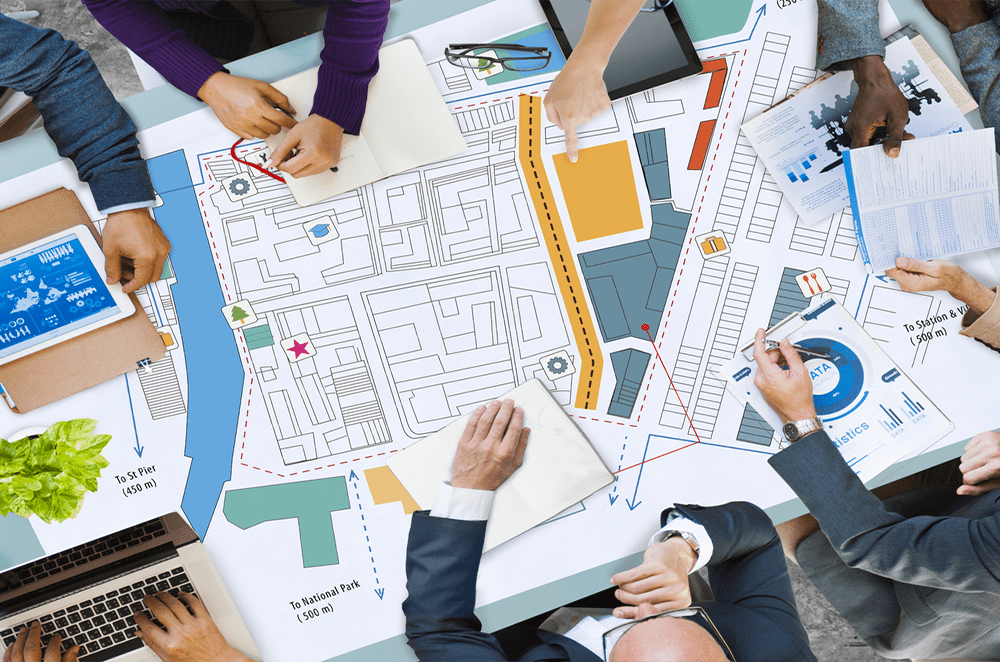The introduction
Infrastructure plans are the basis for the development of cities and regions, as they include the design and organization of basic infrastructure that supports urban life and economic growth. This infrastructure includes roads, bridges, health and educational facilities, electricity, water, sanitation, and communications. This detailed and long article will discuss infrastructure plans and their importance in developing cities and achieving sustainable development.
The topic:
1. The importance of infrastructure plans: Infrastructure plans are essential for providing a comfortable and safe environment for residents. It works to improve the quality of life by providing efficient and easy transportation services, advanced public facilities, and connection to water and sanitation, electricity and communications. Infrastructure plans also promote economic development, promote investment and attract businesses and projects to the region.
2. Elements of infrastructure plans: Infrastructure plans consist of several basic elements. These elements include transportation networks, health and educational facilities, electricity, water and sanitation, communications and information technology. These elements must be planned and designed in an integrated manner and compatible with the needs of local communities and future aspirations.
T3. Developing infrastructure plans: The process of developing infrastructure plans must follow many important steps. These steps include a feasibility study, needs analysis, and environmental, economic, and social impact assessment. The planning process must be transparent and include the participation of the local community and stakeholders.
4. Challenges and problems related to infrastructure plans: Infrastructure plans face many challenges and problems. This may include relying on significant funding, dealing with local legislation and regulations, and the active participation of interested parties. Emphasis must be placed on developing sustainable strategies for infrastructure and achieving a balance between current and future needs.






